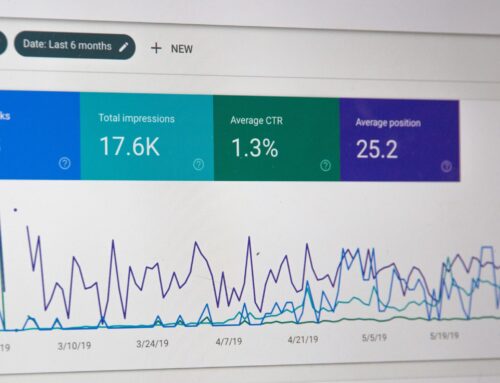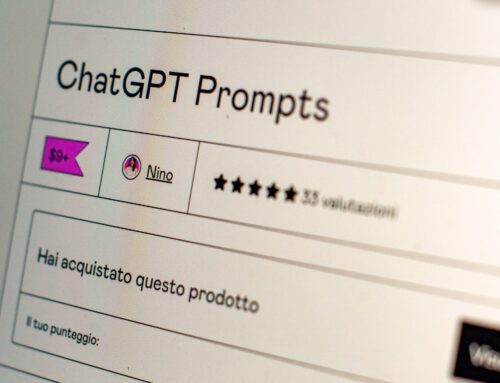
In this new age of upskilling and training in many fields, eLearning is becoming more common. However, it is very easy for eLearning to become boring very quickly. When eLearning or training becomes boring, learner engagement will fall very quickly. When learners disengage from an eLearning course or other forms of training, they won’t retain the information that they need to learn. However, there are features that can be used to increase learner engagement in eLearning courses. Let’s look at a few of these features as they were used in a course recently.
 In this article, we will look at features used in a Brandon Hall Gold Award winning course. The course, designed for NYU/PINE, was designed to train teachers and school staff at different school districts how to be more inclusive of students who are autistic or neurodivergent. This course was created using the Knowledge Direct platform, an LMS developed here at Digitec. The course features a variety of engagement tools to ensure that the information is well received and retained by the learner. Let’s take a closer look.
In this article, we will look at features used in a Brandon Hall Gold Award winning course. The course, designed for NYU/PINE, was designed to train teachers and school staff at different school districts how to be more inclusive of students who are autistic or neurodivergent. This course was created using the Knowledge Direct platform, an LMS developed here at Digitec. The course features a variety of engagement tools to ensure that the information is well received and retained by the learner. Let’s take a closer look.
Engagement Feature #1 | Video, Stories, and Interactives
One of the most unique aspects of the PINE course is the videos and stories that were used. Many of this content came from members of the autistic community. They speak about their experiences as someone who is autistic in school and other situations. These stories and videos provide a real-world connection for the learner to those they were learning about.
Also, rather than just focusing on video or text on screen, by adding both, you are actively engaging different parts of a learner’s brain. This breaks up the course, so they are able to stay focused for a longer period of time.
 Another way to break up the course is to use interactives. In the PINE course, interactives such as click to reveals and toggle screen activities are used. Click to reveal interactives are used to break up and chunk information in a creative fashion. One example of this is used to show different worksheets and activity examples that can be used in a classroom. The toggle activity is broken into two interactives. This interactive asks the learner to rate their strengths in the classroom and then rate a provided use-case student on their strengths. Once both ratings are in, the learner can see the comparison of the two strengths and weaknesses.
Another way to break up the course is to use interactives. In the PINE course, interactives such as click to reveals and toggle screen activities are used. Click to reveal interactives are used to break up and chunk information in a creative fashion. One example of this is used to show different worksheets and activity examples that can be used in a classroom. The toggle activity is broken into two interactives. This interactive asks the learner to rate their strengths in the classroom and then rate a provided use-case student on their strengths. Once both ratings are in, the learner can see the comparison of the two strengths and weaknesses.
This interactive not only breaks up content and keeps learners engaged, but also allows for self-reflection and higher order thinking that reinforces learning overall.
Engagement Feature #2 | Reflection Journal
 The coursework in the PINE course is designed to be applied. To do this, interactive worksheets and reflection questions are included to be completed during instruction. These worksheets and reflection questions became a reflection journal that is designed as a content resource for learners to refer to throughout their training. The reflection journal allows learners to see how their opinions and ideas change as they continue through the training. Using this time to reflect reinforces learning and helps build the change in attitude intended.
The coursework in the PINE course is designed to be applied. To do this, interactive worksheets and reflection questions are included to be completed during instruction. These worksheets and reflection questions became a reflection journal that is designed as a content resource for learners to refer to throughout their training. The reflection journal allows learners to see how their opinions and ideas change as they continue through the training. Using this time to reflect reinforces learning and helps build the change in attitude intended.
Using open ended questions allows learners to think on their own and develop their own ideas. It forces learners to think deeper and explore their own thoughts on a subject. By doing this throughout a course, learners can track how their mindset or attitude has changed. This also acts as a reinforcement tool of the knowledge gained throughout the course.
Engagement Feature #3 | Scaffolding Design
The PINE course uses a Scaffolding Design in the form of an Accelerator Program. This allows the learners and their organizations to create year end goals and milestones to track their learning progress. The Accelerator Program uses course-specific discussion guides to promote group processing. Since most of the training takes place among multiple teachers and personnel at a school, this approach provides opportunities for group discussions about the course content and support to promote full understanding of what is being taught. The PINE course also uses downloadable tools to support change in practice among a large organization.
Scaffolding in any learning design provides content at various levels of knowledge and skill. By using a scaffolding design, you can reach those who are less experienced through more information provided and a chance for those who are more experienced to provide more insight into the content through their experiences and ideas. Combining the two skill levels through scaffolding and group discussions allows those with less experience to learn from those with more experience. This in turn reinforces the knowledge gained from the course and builds knowledge retention.
Engagement Feature #4 | Team Training
Another feature within the PINE course is a form of Team Training. The experts at NYU who worked to develop PINE provide strategic support at every level during the course. The PINE staff work with schools to identify an interprofessional PINE Team that designs an implementation plan tailored to the needs of their school community. Since this training plan is customized to fit the needs of each school participating in the training, they can pick and choose how their staff learns best and which specific parts of the course their staff would benefit from most. PINE mentors are available to help schools set clear goals and outline how they will leverage PINE coursework, support, and tools provided.
A clear learning plan and set of learning goals provides milestones for learners to reach. This creates accountability and makes it more likely that learners will complete the training. Having a mentor or coach provides a support system for learners to encourage them to keep going and remind them to complete the training. This support system is also a great resource for learners to ask questions as they go to ensure understanding of the material presented.
Engagement Feature #5 | Content Library
 A Content Library of resources is included as a tool to allow learners to easily find resources they need to support the content presented. These resources are also available for download to be used as resources long after learners have finished the course. By providing these resources so easily, learners don’t have to search on their own throughout a course and are more likely to use what is given to them. This also reduces learning fatigue which may cause learners to give up on a course more quickly.
A Content Library of resources is included as a tool to allow learners to easily find resources they need to support the content presented. These resources are also available for download to be used as resources long after learners have finished the course. By providing these resources so easily, learners don’t have to search on their own throughout a course and are more likely to use what is given to them. This also reduces learning fatigue which may cause learners to give up on a course more quickly.
Conclusion
The NYU/PINE course is a great example of how various tools can be used to better engage learners. While there are many other tools and resources that do the same, PINE has a unique design of how it reaches learners at various levels and engages them directly through reflection, real world stories, coaching, and provided resources. Digitec worked with NYU/PINE to ensure that the course presented on Knowledge Direct was both engaging and effective.
Interested in increasing the learner engagement for your organization? Contact Digitec for a free consultation and 30-day free trial of Knowledge Direct.
For more industry-focused articles like this, subscribe to our free monthly newsletter, Smarter…Faster!




